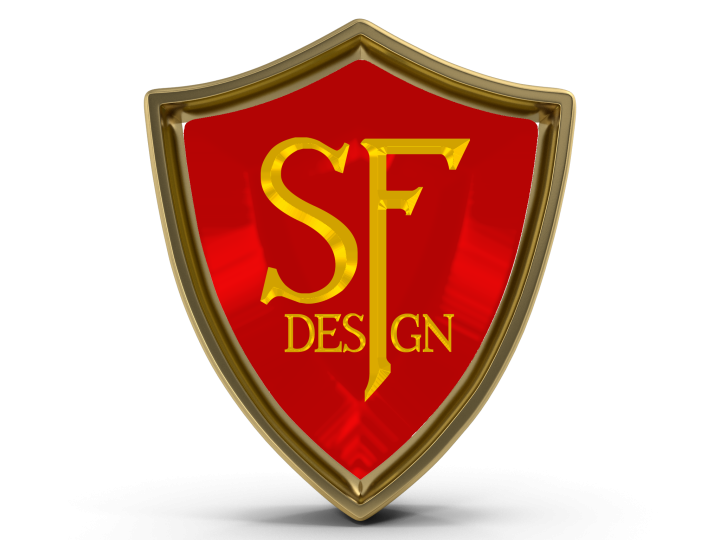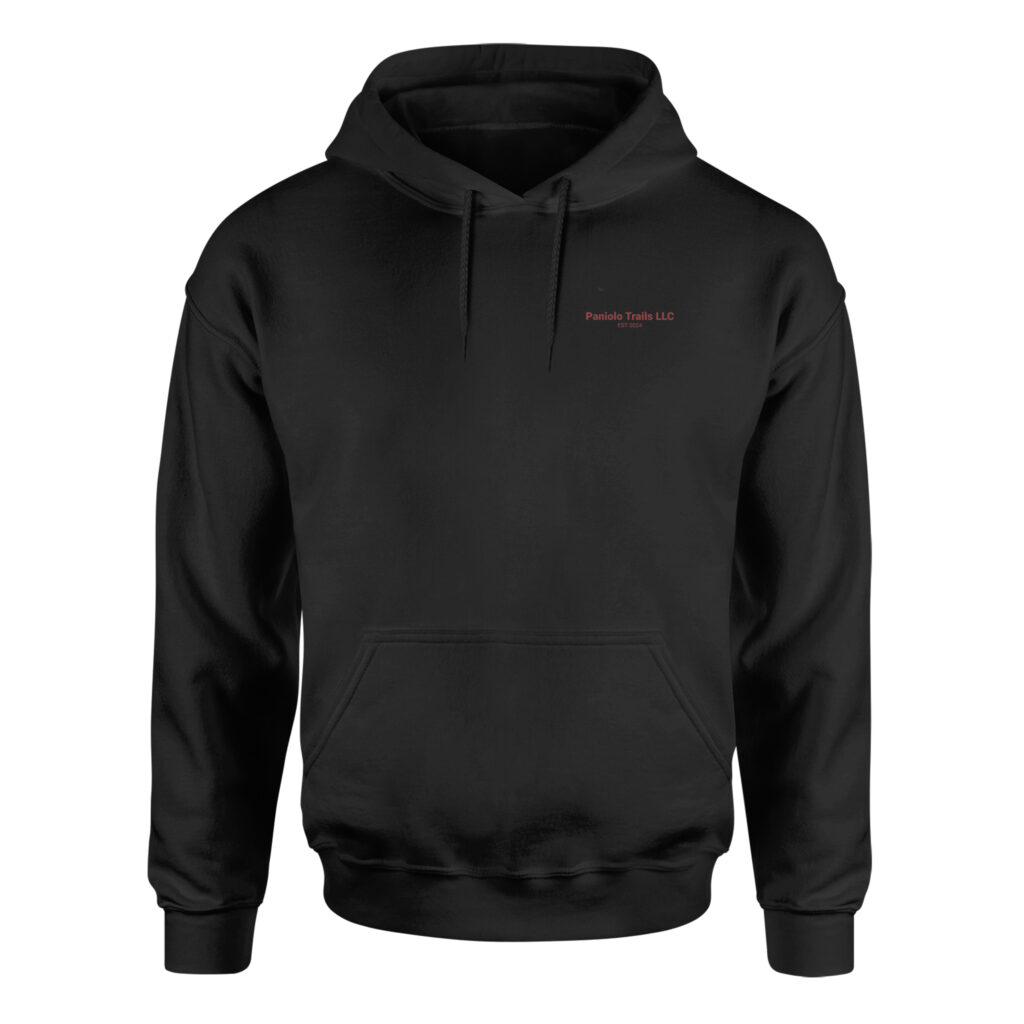Introduction:
In the ever-evolving world of printing technology, Direct to Film (DTF) and Direct to Garment (DTG) printing have emerged as prominent techniques, each with unique benefits and applications. This article delves into the nuances of DTF and DTG, comparing them with other printing methods like screen printing, providing both a simple overview and an in-depth analysis of their history and technology.
Simple Explanation of DTF vs DTG:
- DTF (Direct to Film) Printing: Involves printing a design onto a special film and then transferring it onto the fabric using heat and pressure. Ideal for complex designs and multiple garment types.
- DTG (Direct to Garment) Printing: Involves printing the design directly onto the garment. Best suited for high-quality, detailed designs on cotton and light-colored fabrics.
Screen Printing: An older technique where ink is applied onto fabric through a stenciled mesh screen. Great for large orders and simple designs.
In-Depth Analysis:
1. History and Evolution:
- DTG’s Emergence: DTG printing emerged in the late 1990s as a response to the limitations of traditional screen printing, offering a digital method for printing directly on garments.
- DTF’s Introduction: DTF is a newer innovation, developed to address some of DTG’s limitations, particularly in printing on a wider range of fabrics and colors.
2. Technology and Process:
- DTG Technology: Utilizes inkjet technology to print designs directly on textiles. The garment is pre-treated, and the printer applies water-based inks, which are then absorbed into the fibers.
- DTF Technology: Involves printing a design onto a special film that is then coated with adhesive powder. The print is cured, and the film is heat-pressed onto the garment, transferring the design.
3. Applications and Suitability:
- DTG Advantages: Ideal for small runs, detailed designs, and photographic prints. Provides a soft hand feel but is best on cotton fabrics.
- DTF Advantages: More versatile for different fabric types, including polyester and blends. Suitable for both small and large runs and offers excellent color vibrancy.
4. Quality and Durability:
- DTG Quality: Offers high-resolution prints with detailed color gradation. However, the print’s durability may be less than traditional screen printing.
- DTF Quality: Produces vibrant colors with good washability. The prints are durable and flexible, withstanding multiple washes without cracking.
5. Cost and Efficiency:
- DTG Costs: More cost-effective for small batches due to minimal setup costs. However, the cost per unit is higher than screen printing.
- DTF Costs: Efficient for both small and large orders. The initial setup cost is lower than DTG, making it a cost-effective option for various order sizes.
Conclusion:
Both DTF and DTG printing technologies offer unique advantages and have revolutionized the fabric printing industry. While DTG excels in quality and detail for smaller orders and cotton fabrics, DTF stands out in versatility, durability, and efficiency across various fabric types. Understanding these differences is crucial for businesses and individuals to choose the right printing method for their specific needs.
Further Reading:
For more detailed information on DTF and DTG printing, as well as insights into the latest developments in printing technology, visit [relevant websites or industry journals].









